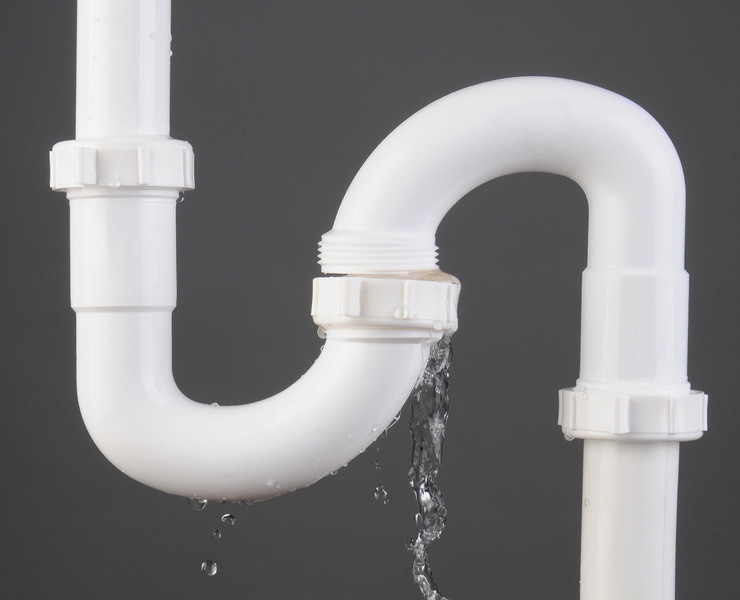Just how to Examine If Your Residence Has a Surprise Leakage
Just how to Examine If Your Residence Has a Surprise Leakage
Blog Article
The content in the next paragraphs relating to Locating water leaks is incredibly informative. Check it out for yourself and see what you think of it.

Early discovery of leaking water lines can mitigate a possible catastrophe. Some little water leakages may not be visible.
1. Examine the Water Meter
Every residence has a water meter. Checking it is a proven way that assists you discover leakages. For starters, turn off all the water sources. Ensure nobody will flush, make use of the faucet, shower, run the washing device or dish washer. From there, go to the meter and watch if it will alter. Since no one is using it, there should be no movements. That suggests a fast-moving leak if it moves. If you detect no adjustments, wait an hour or 2 and inspect back again. This suggests you might have a sluggish leakage that could also be below ground.
2. Check Water Intake
If you identify unexpected changes, despite your consumption being the same, it means that you have leaks in your plumbing system. An abrupt spike in your costs suggests a fast-moving leakage.
On the other hand, a steady increase monthly, despite the very same behaviors, shows you have a slow-moving leakage that's likewise slowly intensifying. Call a plumber to thoroughly inspect your property, specifically if you really feel a cozy location on your flooring with piping beneath.
3. Do a Food Coloring Test
30% comes from bathrooms when it comes to water intake. Examination to see if they are running correctly. Decline flecks of food color in the tank as well as wait 10 mins. There's a leak in between the container as well as bowl if the shade in some way infiltrates your bowl throughout that time without flushing.
4. Asses Outside Lines
Do not forget to examine your exterior water lines as well. Examination spigots by affixing a garden tube. Must water permeate out of the link, you have a loose rubber gasket. Change this as well as ensure all links are tight. If you've got a lawn sprinkler, it will aid get it properly checked out and also preserved each year. One small leak can squander tons of water and increase your water costs.
5. Check and Examine the Scenario
Homeowners should make it a practice to examine under the sink counters and also also inside cabinets for any bad odor or mold and mildew development. These 2 warnings indicate a leak so timely attention is needed. Doing regular inspections, also bi-annually, can conserve you from a significant trouble.
Check for stainings and deteriorating as many appliances as well as pipelines have a life span. If you believe leaking water lines in your plumbing system, do not wait for it to rise.
Early detection of leaking water lines can alleviate a possible disaster. Some small water leakages might not be noticeable. Checking it is a proven way that helps you find leakages. One little leakage can lose bunches of water and also spike your water bill.
If you suspect leaking water lines in your plumbing system, don't wait for it to intensify.
WARNING SIGNS OF WATER LEAKAGE BEHIND THE WALL
PERSISTENT MUSTY ODORS
As water slowly drips from a leaky pipe inside the wall, flooring and sheetrock stay damp and develop an odor similar to wet cardboard. It generates a musty smell that can help you find hidden leaks.
MOLD IN UNUSUAL AREAS
Mold usually grows in wet areas like kitchens, baths and laundry rooms. If you spot the stuff on walls or baseboards in other rooms of the house, it’s a good indicator of undetected water leaks.
STAINS THAT GROW
When mold thrives around a leaky pipe, it sometimes takes hold on the inside surface of the affected wall. A growing stain on otherwise clean sheetrock is often your sign of a hidden plumbing problem.
PEELING OR BUBBLING WALLPAPER / PAINT
This clue is easy to miss in rooms that don’t get much use. When you see wallpaper separating along seams or paint bubbling or flaking off the wall, blame sheetrock that stays wet because of an undetected leak.
BUCKLED CEILINGS AND STAINED FLOORS
If ceilings or floors in bathrooms, kitchens or laundry areas develop structural problems, don’t rule out constant damp inside the walls. Wet sheetrock can affect adjacent framing, flooring and ceilings.
https://www.servicemasterbyzaba.com/blog/how-to-detect-water-leakage-in-walls/

I was made aware of that write-up on Finding hidden leaks through a good friend on a different domain. Feel free to take the opportunity to distribute this blog posting if you enjoyed reading it. We appreciate reading our article about Locating water leaks.
Report this page